
Fresh progress has been made in China's state-owned enterprise (SOE) reform following a merger in the power sector.
A merger between China's major power generator China Guodian Corporation and coal producer Shenhua Group was approved by the State Council Monday.
The merger between the two power giants was in line with the country's aim to cut overcapacity in the coal and power sectors through restructuring SOEs.
Given there is prominent overcapacity in the power sector and discordance of upstream and downstream operations, the merger is not only a "masterpiece" of supply-side structural reform in the power sector, but also a way to smooth the relationship between the coal and electricity sectors, according to Zhang Jinxin from Beijing Jiaotong University.
Monday's merger came after two major steel SOEs, Wuhan Iron and Steel and the Shanghai-based Baosteel, announced restructuring plans in late June to reduce excess steel capacity and improve market competitiveness.
Mergers and restructuring will continue to take center stage in the reform and development of SOEs, and such reforms of centrally administered SOEs are accelerating, according to Li Jin, chief researcher with the China Enterprise Research Institute.
Li said that not only did the electricity and coal sectors see the possibility for mergers, but that the thermal and nuclear power sectors were weighing their options.
"Some SOEs, especially the heavy industry, energy and power businesses, have too much capacity, while there are others with capacity in short supply," he said.
China is resorting to SOE mergers to create more global powerhouses and avoid cut-throat competition, in addition to restructuring redundant industries to aid supply-side reform, Li said.
Deepening SOE reform is key to cutting industrial overcapacity. Such reforms are helpful in improving SOE governance in accordance with market rules, letting market forces play a fundamental role in allocating resources, according to experts.
There was no way out but to speed up reform in sectors like coal power generation, heavy equipment manufacturing and the steel industry, Xiao Yaqing, chairman of the State-owned Assets Supervision and Administration Commission (SASAC), said earlier this year.
Since mergers have been taken place in the coal power and steel industries, experts expect SOE mergers to happen in heavy equipment manufacturing sector.
SASAC has been actively restructuring SOEs this year in a bid to improve efficiency, with the number of central SOEs falling to 98 after Monday's announced merger, down sharply from 196 in 2003.
Besides mergers and acquisitions, China has made it clear loss-making "zombie enterprises" in glutted industries that cannot make a turnaround or counteract structural adjustment should be phased out.
To cut overcapacity, the key is to follow market rules, said Li Xiaohua, a researcher at the Institute of Industrial Economics of the Chinese Academy of Social Sciences, a leading think tank.
To improve its growth quality and efficiency, China began its supply-side structural reform in 2015 to cut overcapacity, reduce inventory, deleverage, lower costs and strengthen weak links.
"China's SOE reform is an important link in pushing forward supply-side structural reform," Li Jin said.
Realizing the significance of SOEs to the country's sustainable growth, China launched a series of reforms including cutting capacity, managing "zombie companies," cutting excessive layers of hierarchy and calling for innovation among firms.
This year, China pledged to deepen SOE reform in its annual government work report, introducing a mixed-ownership system and making SOEs more streamlined and efficient.

















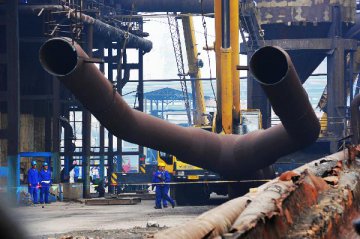
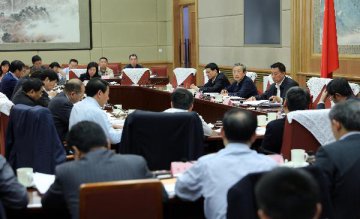
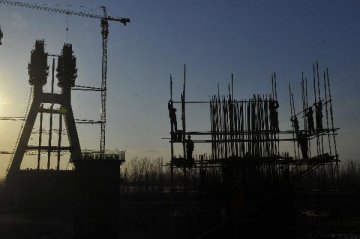
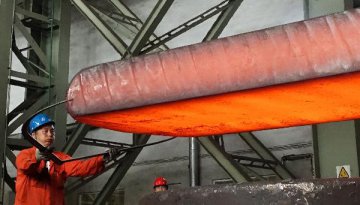
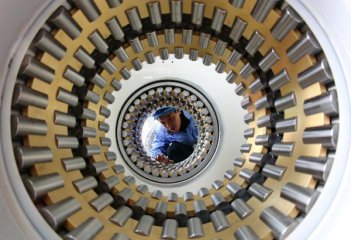


Latest comments